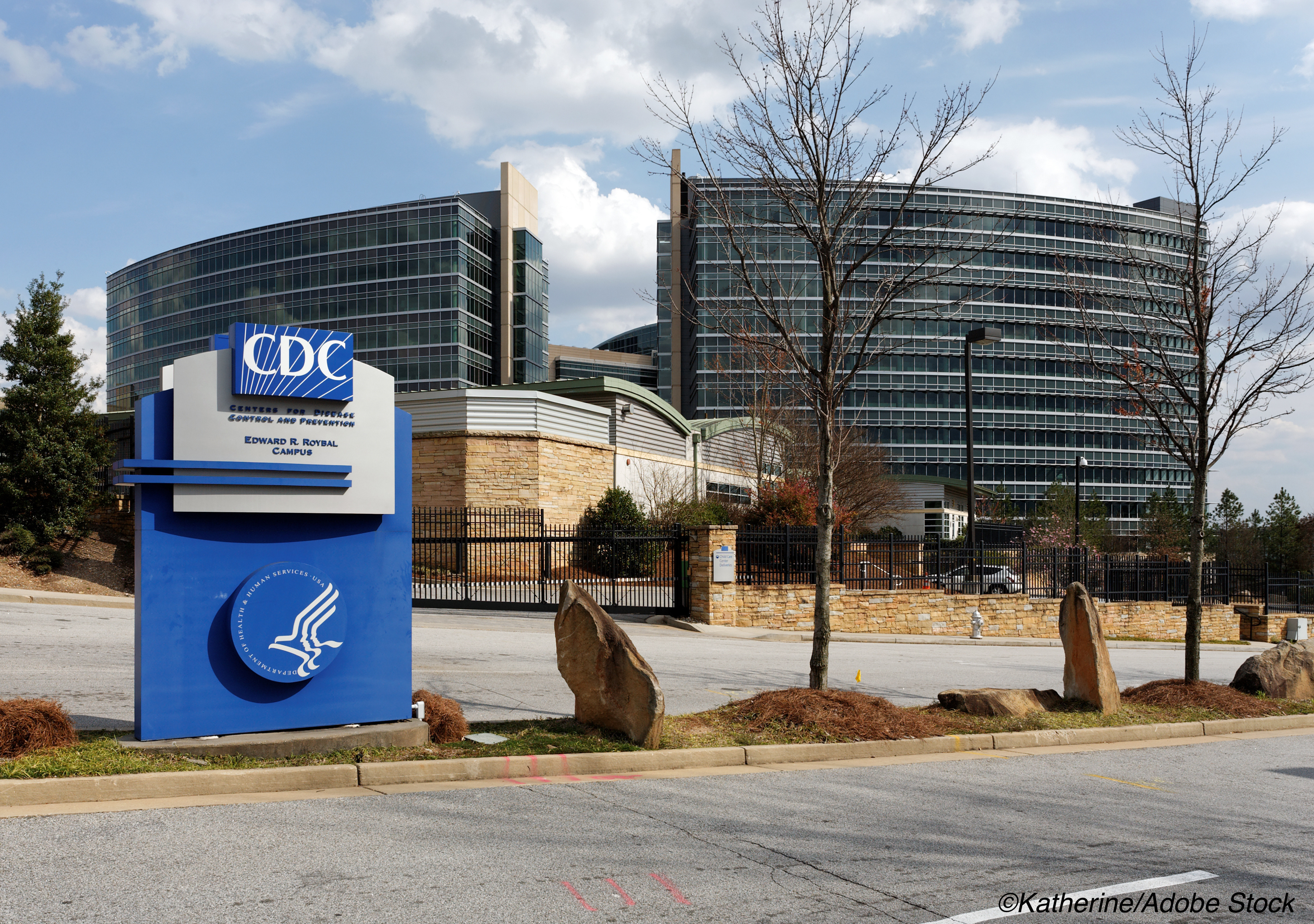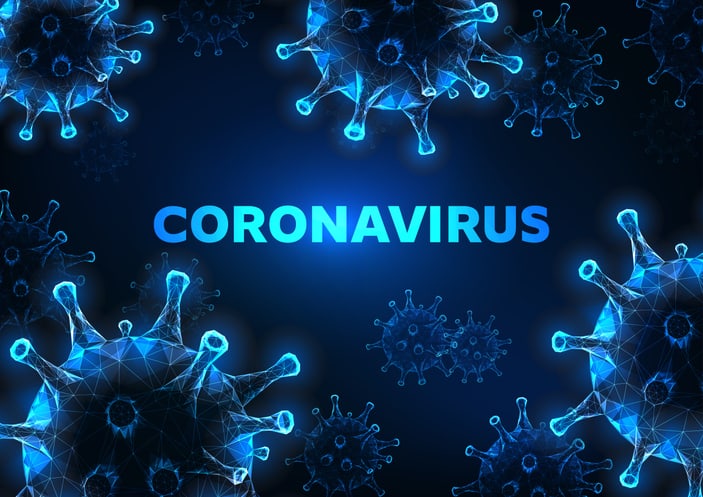
The CDC’s Advisory Committee on Immunization Practices (ACIP) voted overwhelmingly to recommend that health care personnel (HCP) and patients in long-term care facilities (LTCFs) get priority access to early Covid-19 vaccine supply in an emergency meeting held Dec. 1.
The emergency meeting was prompted by recent FDA Emergency Use Authorization (EUA) applications from Pfizer/BioNTech (BNT162b2) and Moderna (mRNA-1273) for their mRNA-based Covid-19 vaccines in the wake of high vaccine efficacy results for both vaccine candidates. As the U.S. prepares for the potential that not one, but two Covid-19 vaccines will begin rolling out before the year is out, ACIP rushed to lock down plans for allocating the limited vaccine supply and monitoring potential safety concerns once the vaccine is out in the world.
Prioritizing HCPs and LTCF Residents
Thirteen of the 14 ACIP voting members voted on the following recommendation:
“When a Covid-19 vaccine is authorized by FDA and recommended by ACIP, vaccination in the initial phase of the Covid-19 vaccination program (Phase 1a) should be offered to both 1) health care personnel and 2) residents of long-term care facilities.”
This vote was the result of months of discussion as ACIP deliberated on what “Phase 1” of the Covid-19 vaccine rollout would look like across several meetings. On Oct. 30, the committee expressed support for the decision to place HCP on the short-list for access to the initial vaccine supply in phase 1a, followed by essential workers in phase 1b and patients at high risk for severe Covid-19 and patients ages 65 and older in phase 1c—and one week ago, on Nov. 23, ACIP suggested the phase 1a rollout should also include healthcare professionals and LTFC residents, a population that has been particularly hard hit by the pandemic.
In a presentation on vaccine allocation, Kathleen Dooling, MD, MPH, of the CDC explained that HCP consists of approximately 21 million workers spread across hospitals, long-term care facilities, outpatient clinics, home health care, pharmacies, emergency medical services, and other public health workers; meanwhile, the LTCF resident group is made up of approximately 3 million patients—roughly 1.3 million in skilled nursing facilities, roughly 800,000 in assisted living facilities, and another 900,000 in other residential care facilities.
In her presentation, Dooling argued that vaccinating HCP can simultaneously avert cases and deaths among patients in health care facilities and reduce absenteeism in the health care setting due to quarantine, infection, or illness. As for why LTCF residents should also be included in phase 1a, Dooling pointed out that this population accounted for 6% of cases and a staggering 40% of Covid-19-related deaths in the U.S. as of Nov. 24 — notably, over 65% of patients 85 or older hospitalized for Covid-19 were admitted from an LTCF.
While several committee members admitted that they were initially skeptical on including LTCF residents in the recommendation for phase 1a vaccine allocation, the majority said they were swayed by the data presented in recent weeks. Committee member Henry Bernstein, DO, MHCM, FAAP, of Zucker School of Medicine at Hofstra and Northwell Cohen Children’s Medical Center in New Hyde Park, New York, for example, noted that the data provided “have moved me to change my thinking on long-term care facility residents.” José R. Romero, MD, FAAP, ACIP chair and chief medical officer at the Arkansas Department of Health, came to a similar conclusion, noting that he believed the recommended phase 1a rollout would produce the most benefit while incurring the least harm.
Committee member Helen Keipp Talbot, MD, associate professor of medicine at Vanderbilt University in Nashville, who voted no on the recommendation, was not convinced by the data on LTCF residents—however, she did express support for giving early Covid-19 to HCP: “I have no reservations for health care workers taking this vaccine,” she said.
Susan R. Bailey, MD, president of the American Medical Association (AMA), commended ACIP’s decision in a statement following the meeting.
“We strongly support ACIP’s evidence-based interim recommendation adopted today for phase 1a of the Covid-19 vaccine allocation process, which align with AMA’s public health policy and Code of Medical Ethics,” she wrote. “By first vaccinating our frontline health care personnel and residents of long-term care facilities against Covid-19, we will help ensure patients continue to receive vital care during the pandemic and safeguard those who are most at risk for severe illness and death associated with Covid-19.”
Sub-prioritization: Getting Down to Brass Tacks
One of the main subjects of the Dec. 1 meeting was sub-prioritization—health care workers and LTCF residents should get the first shots, but which people within those groups should be first in line?
Sarah Oliver, MD, MSPH, of the CDC noted that, while these two groups consist of approximately 24 million individuals, the number of Covid-19 vaccine doses that would be available by the end of December—assuming both Pfizer and Moderna receive EUA approval—would be around 40 million, enough for 2-dose vaccinations for 20 million people. And, while additional doses would come at a rate of 5-10 million per week, facilities will need to determine how initial doses are meted out.
For sub-prioritization among HCP, Oliver suggested focusing on workers with direct patient contact who cannot telework—including personnel who provide face-to-face services to patients or patients’ family members and personnel who handle infectious materials—employees of LTCFs, and individuals without known infection in the preceding 90 days.
Oliver also noted that it will be important to consider the risks and benefits of vaccinating HCP who are pregnant or breastfeeding. While 75% of health care workers are women and data demonstrate risks of severe maternal illness and preterm birth due to Covid-19, she also stressed that there is currently no available data on the use of mRNA vaccines in pregnant or breastfeeding women, as detailed phase III data, full FDA review, and EUA conditions of use all wait in the wings.
Oliver said that health care systems should work together with public health officials to ensure vaccine access to HCP who do not work in a hospital setting, such as employees of private primary care facilities and workers in rural areas. She also advised staggering vaccination of personnel from similar units or positions to ensure that, in the case of vaccine side effects, entire health care units are not impacted at once—an idea that some ACIP voting members confessed they had never considered.
As for LTCF residents, Oliver suggested prioritizing those in skilled nursing facilities, as this population is largely the most medically vulnerable and at the highest risk for hospitalization or death from Covid-19. After skilled nursing facilities, vaccination efforts should move to assisted living facilities, residential care communities, intermediate care facilities for individuals with developmental disabilities, and state veterans’ homes, she added.
And, to make these plans work, Oliver noted, safety monitoring of all populations on phase 1a will be vital.
V-safe, VAERS, and Compiling Safety Data
Along with figuring out who would get the vaccine, ACIP went over the logistics of how safety data would be collected once the first doses were distributed. A major component of the CDC’s plan, Tom Shimabukuro, MD, MPH, of the CDC noted, is a program called V-SAFE.
V-SAFE, Shimabukuro explained, is a smartphone-based, post-vaccination health checker for those who have received doses of a Covid-19 vaccine. Patients are required to self-register for V-SAFE; after that, the program will use test messaging and web surveys to conduct check-ins where patients can report any adverse reactions, as well as symptom severity.
The program is meant to collect answers for three questions, he noted: did you miss work, were you unable to do certain daily activities, or did you seek/receive health care. If patients check yes on any of these, the system will provide a follow-up phone call.
“V-SAFE is really an interaction between the patient and CDC,” Shimabukuro added.
For reporting from physicians and health care facilities, Shimabukuro explained that the joint FDA and CDC Vaccine Adverse Event Reporting System (VAERS) will take the bulk of reports, and the Clinical Immunization Safety Assessment Project (CISA) will be available to consult on exceptionally severe or unexpected adverse event reports.
However, the CDC noted that it will take more than just these reporting systems to ensure sufficient safety data is collected on these Covid-19 vaccines.
“I know that FDA will not authorize a vaccine, and ACIP will not recommend a vaccine, unless you are convinced, based on the phase III clinical trials, that the vaccines are very safe,” said Nancy Messonnier, MD, director of the National Center for Immunization and Respiratory Diseases at the CDC. “But we all also know that vaccine safety doesn’t stop there, and especially for these vaccines, we’re going to hold ourselves to an exceedingly high standard for safety monitoring after a vaccine is authorized and when it’s rolled out more broadly… Our vaccine safety systems are partly dependent on the stakeholders in the health systems, the public health departments, and frankly the public reporting adverse events. So, we do need to ask, especially in this initial phase, for everybody in the community to be working together.”
Shimabukuro concluded his presentation by stressing that public health partners should promote manual enrollment in V-SAFE, promote VAERS reporting, and communicate with industry partners on vaccine safety, and that healthcare providers should encourage patients to use V-SAFE, report adverse events to VAERS as they arise, and communicate with patients on vaccine safety signals.
John McKenna, Associate Editor, BreakingMED™
Cat ID: 151
Topic ID: 88,151,730,933,190,926,192,927,151,418,928,925,934


